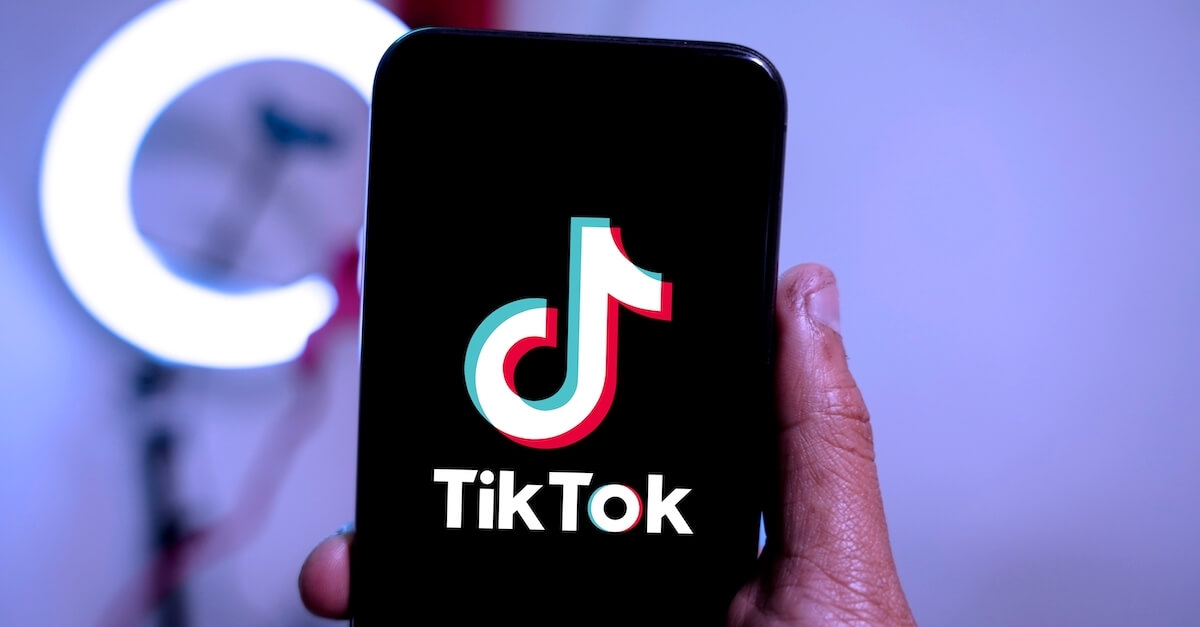August 3, 2023
Generative AI for the Customer Experience: Understanding 4 Big Opportunities
By Liza Colburn

As the hype around Generative AI continues to reach a fever pitch, business executives are looking to focus their investments on use cases that will deliver concrete business value. One way is to leverage Generative AI for improving the customer experience.
Delivering compelling customer experiences (CX) is a key revenue driver. As the line between marketing and CX blurs, each is playing an increasingly important role in creating positive customer experiences across the customer lifecycle.
This goes beyond simply delivering offers or responding to service requests. Instead, brands that succeed will proactively engage buyers and curate a multi-channel and multi-stage customer experience defined by communicating the right message at the right time through the right channel and compelling products. Let’s look at the role of GenAI with each element of messages, timing, channels and products.
1. Improve messaging using Generative AI
Customers want to be able to reach brands and hear from them throughout their relationship, not just pre-sale. If there is a product quality issue, a service question, or a functionality concern, customers want the brand to resolve it quickly and with responses that feel informed and relevant.
Generative AI has a role to play at many levels to help deliver on these customer expectations. For example, brands today can use Generative AI tools to analyze customer service requests or social media complaints, conduct customer sentiment analysis, and then respond with service responses, product improvements, or upgrades that addresses a customer’s needs.
Brands can leverage customer behavior and sentiment insights to predict unmet needs and proactively point to a product or feature from which the customer could benefit. Importantly, it is not just about the recommendation or offer, but also about the language used to communicate about it. If the tone or timing is off, or the language feels impersonal, the customer may disengage.
Persado helps brands get the tone or brand voice correct by grounding all its messages in emotion, a key element of language that motivates customers to engage and act. By imbuing its AI-generated language with the right emotion, Persado Motivation AI has helped enterprise brands enhance customer experiences. For example:
- A mortgage lender used a landing page ad to increase home equity line of credit applications by 75%.
- A major airline boosted revenue by 48% with a first class seat upgrade web banner using Persado AI-generated language. This led to $8 million in incremental revenue.
- A global bank promoted paperless statements to decrease service time, reduce costs, and reduce its carbon footprint, resulting in a 64% engagement lift.
2. Give the right answer at the right time
The most innovative brands leverage technology to sense changes in consumer preferences and use those insights to adapt how they market, sell, and deliver customer experiences. Timing is a crucial part of this equation, especially given research showing that the customer expects instant gratification. To address the customer’s 24/7 needs, many businesses use live chat software powered by LLMs. Live chat represents one of the best use cases of Generative AI for the customer experience.
Live chat isn’t only about speed, however. It’s also about timing and delivering a more consistent and engaging experience. Consumers want to use live chat to communicate with marketing, sales, and customer teams, but most companies only allow buyers to chat with ONE of these three teams. By delivering live chat the way customers want to use it, you break down the walls between departments to provide a seamless customer experience.
3. Align channels with Generative AI
Another element of the customer experience relates to omnichannel engagement. Hubspot research finds that customers engage with brands on as many as 13 different channels. In many cases, these channel experiences are disconnected from each other. That isn’t just a problem for customers. It also affects employees, who spend an estimated 10% of their time reconciling disconnected systems to ensure they’re answering buyer inquiries correctly.
Marketing creative teams can leverage GenAI to align their messages across channels. This can happen by either using the technology to craft content for different channel use cases, or by leveraging it to review and compare language for different channels catch inconsistencies. It is important to remember, however, that “aligning” channels does not mean that the language used in each must be exactly the same. On the contrary, people expect a different tone in email than they do in SMS and different again on a website.
Timing matters
Alignment also relates to the timing expectations customers have for different channels. According to Aircall, these can be quite strict:
Email: 94% of respondents reported that they want a response within 24 hours. Nearly half (48%) expect their responses within six hours, while 15% are looking for an answer within 60 minutes.
Chat: 96% of those surveyed expect a response within five minutes of initiating a chat conversation. Within that group, 80% expect an answer within two minutes. If prospects don’t see a chat agent responding within a minute, almost half (49%) would navigate away.
Phone: Nine in 10 customers will wait no more than five minutes to speak with a live agent. 60% of participants thought two minutes or less was acceptable, whereas 29% could only stomach one minute of queue time.
These timing expectations place high pressure on brands to provide an ‘immediate’ response to each query that comes in. It’s a tall order, and the reason why more brands are turning to ecommerce chatbots. From product recommendations and personal shopping to customer support and order management, there are many use cases for ecommerce chatbots. This GenAI and customer experience technology leverages the data on your website to keep customers engaged and address issues. The impact is more purchases and service resolution.
One example of a company benefiting from chatbots to deliver a compelling Generative AI-enabled experience at any time is Casper. The mattress company launched a bot to engage with customers who cannot sleep. Known as insomnobot3000, it is “extra chatty between 11 PM and 5 AM” providing companionship for night owls.
insomnobot3000 is a reminder that GenAI and the customer experience isn’t always about the transaction process. It illustrates that Casper cares about their customers, and highlights how well they understand their ideal client.
4. Enhance products with Generative AI
Gartner research finds that one of the biggest predictors of customer loyalty is whether the customer can use the product and feels confident about their decision to buy it. In that sense, product enhancements can have an outsized impact on customer lifetime value and overall engagement.
Increasingly, enterprises are exploring ways to leverage Generative AI in the product development process. These range from leveraging Generative AI to create prototype drawings of new products, to integrating customer sentiment data with product design platforms to inform product enhancements. Collectively, such ongoing product development allows a brand to address ever-changing customer needs to maintain loyalty.
As generative AI advances, it may also begin to reach deeper into other aspects of an organization. These include production, resource planning, and working directly with suppliers. In this way, Generative AI can enhance the entire value stream to enable deeper connections between brands and their customers.
For more on how Persado influences Generative AI and the customer experience, request a demo.


